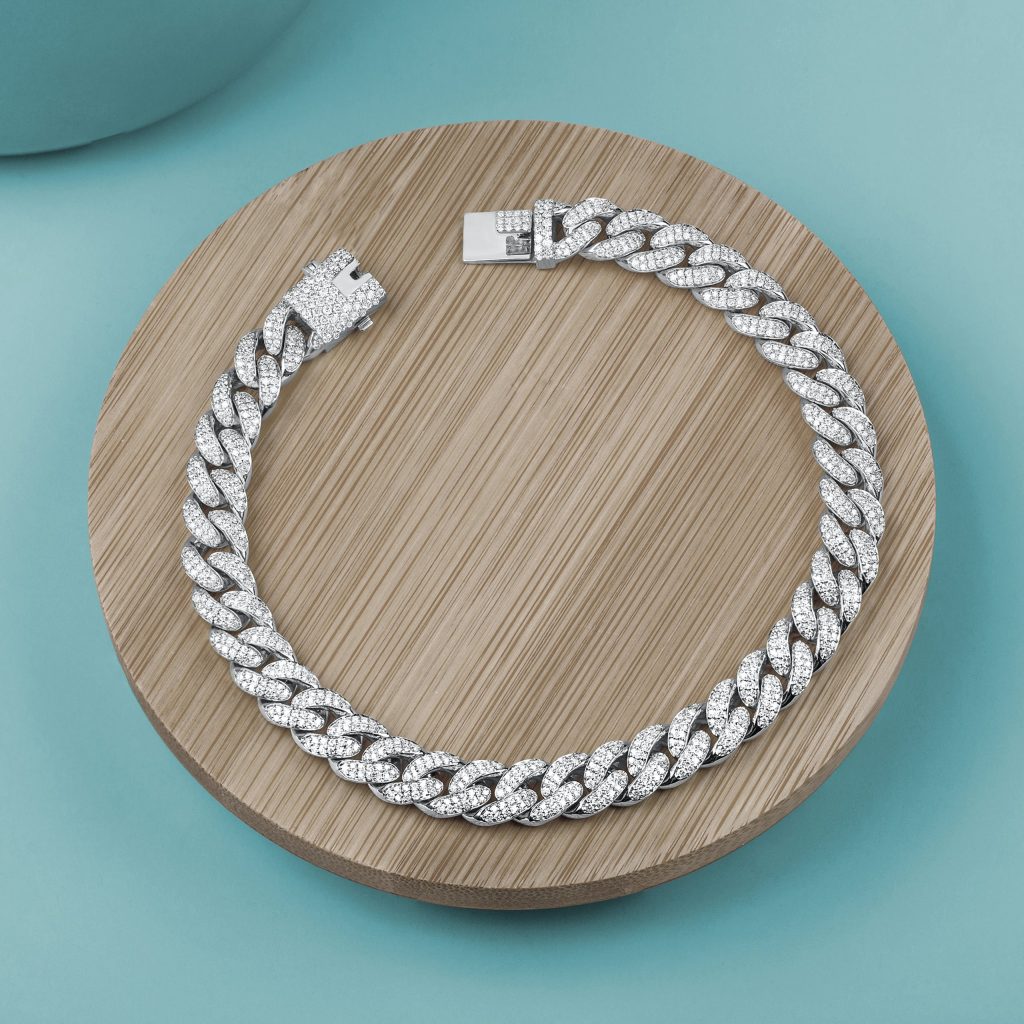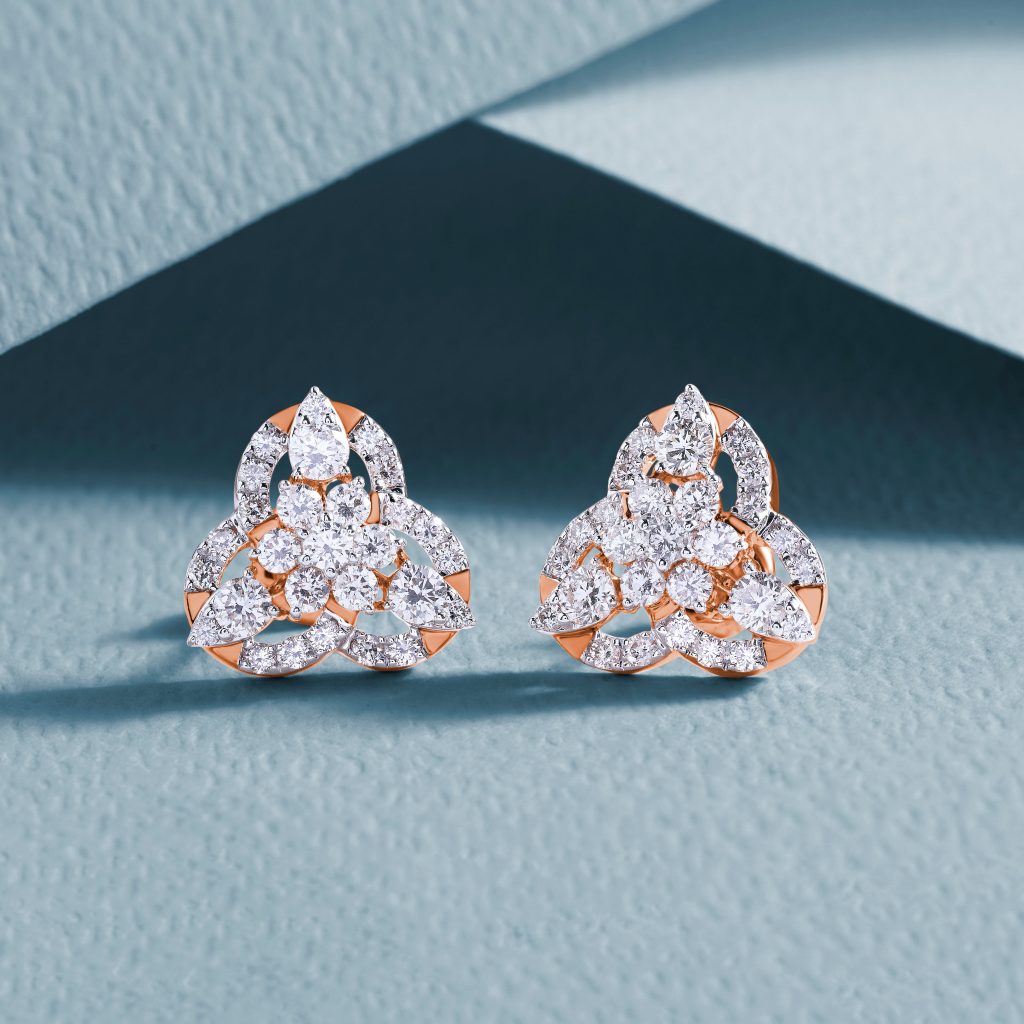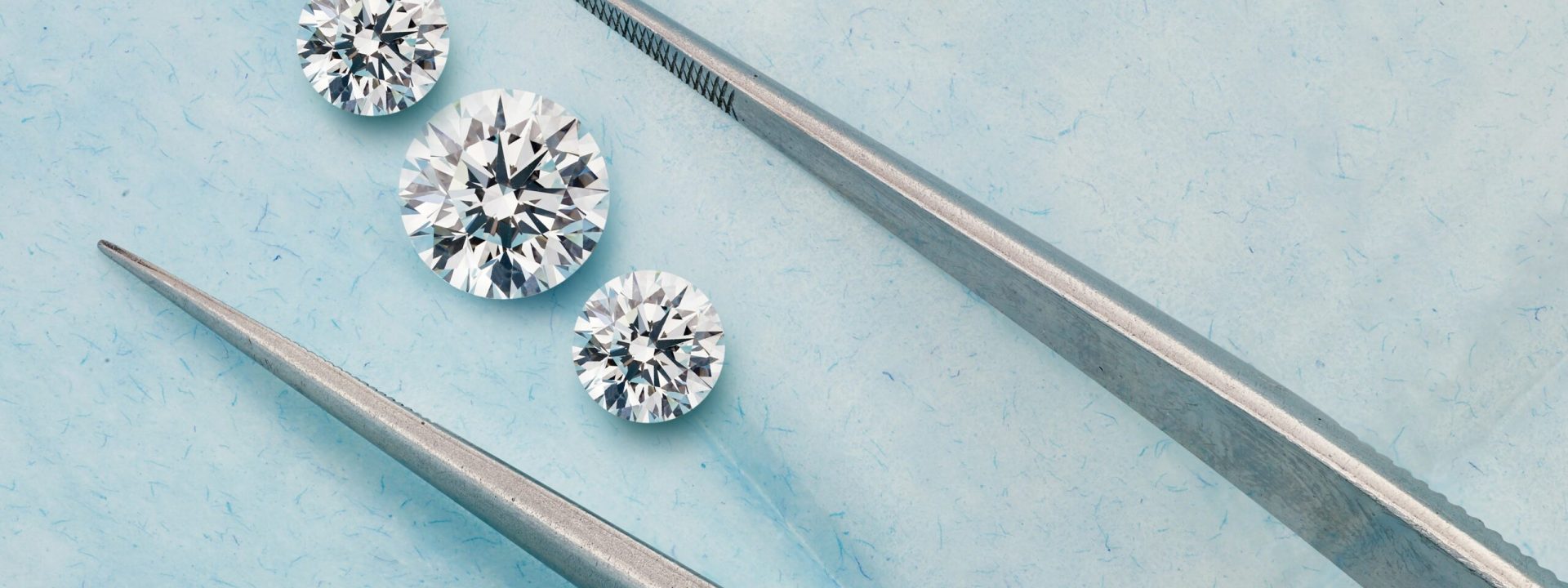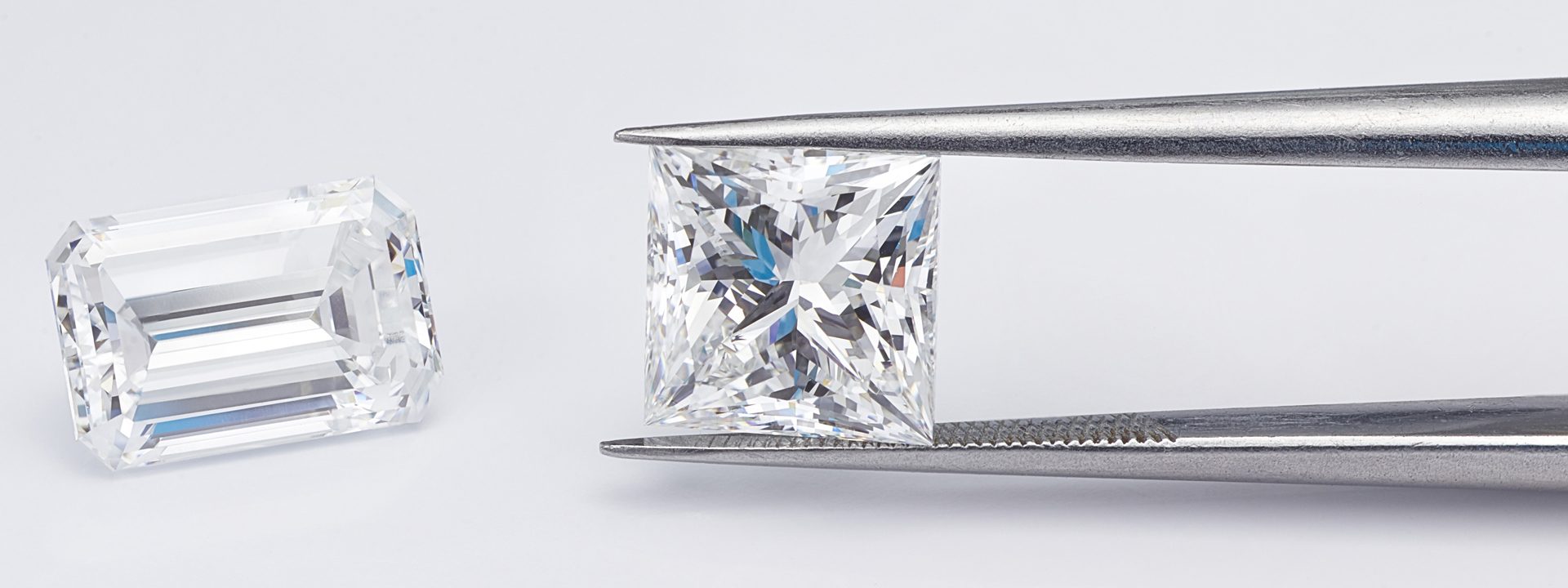Picking an engagement ring is a daunting task for anyone. There are so many variables involved, such as: What kind of gemstone does your partner like? Though a diamond center stone is the most common choice, some people sometimes choose ruby, emerald, or like Princess Diana, sapphire. What kind of metal should you choose? Yellow, white, or rose gold, or maybe platinum. Should you go big and bold, or subtle and minimalistic? Usually all these questions can be answered by a talk with your partner, but if you don’t want to let on that you’re gearing up to pop the big question, this blog might be a good tool to help you out.
There are plenty of options, so many that it can be overwhelming, but there are ways to get beautiful rings at less cost than you’d expect. Diamonds mined from the Earth are the traditional gem of choice for engagement rings, but modern technology has now brought us the choice of a Laboratory Grown Diamond.


How Are Lab-Grown Diamonds Created?
We’re glad you asked. Lab-grown diamonds are one of the newest and most exciting things in the jewelry world right now. A lab-grown diamond is a diamond created in a laboratory by simulating conditions similar to that of a mined diamond. Scientists start with a diamond “seed” (pure carbon) and, using modern tech, can reproduce the natural situation that grew diamonds, from carbon, in our Earth’s crust nearly 1 billion years ago.
And just like they grew, crystal by crystal in the Earth, they are grown in laboratories but in a much shorter time. As a result, growing is not only less expensive but is ecologically sound and conflict free. To break it down easily, the conditions diamonds are grown in can be simulated in a lab, and thus lab-grown diamonds are made at a fraction of the cost of mined.
Lab-grown diamonds are just as stunning as the mined versions. They have identical chemical, physical, and optical properties as a mined diamond because they are a diamond. Lab-grown stones retain the same brilliant shine and sparkle as a mined diamond but at a much lower cost. What this simply means is that while you are scouring stores for the perfect diamond ring, you might be missing a perfect opportunity to get her the ring of her dreams, all while maintaining your budget.
Picking a Lab-Grown Diamond Engagement Ring
Her ideal diamond is usually one on the bigger size, but that often means significant cost increases. This new option means that she can have a larger diamond which is now comfortably within your budget goal.
For the ladies reading this blog, you might want to show your partner the price difference when it comes to lab-grown versus mined. You just might get the ring (size and quality) you’ve always wanted, and your partner wont’ be upset about the dent it puts in their wallet! That sounds like a win-win situation to us. A lab-grown diamond simply means that beautiful rings are attainable and available to everyone.
If you’re already purchased your diamond ring, but are thinking about getting something bigger, we at Leo Hamel Fine Jewelers will trade up your mined diamond for lab-grown, right here in our store! Show your partner just how important they are, and everything they mean to you, with a beautiful lab-grown diamond! They are the perfect gift for any occasion, not just engagement rings. Call us today at 619-299-1500, and we will be happy to answer any questions you may have regarding lab-grown diamonds and any other jewelry and accessory-related topics you may want to discuss.
Interested in seeing what lab-grown looks like for yourself? Come on down to our showroom, and we will happily discuss your options with you.



